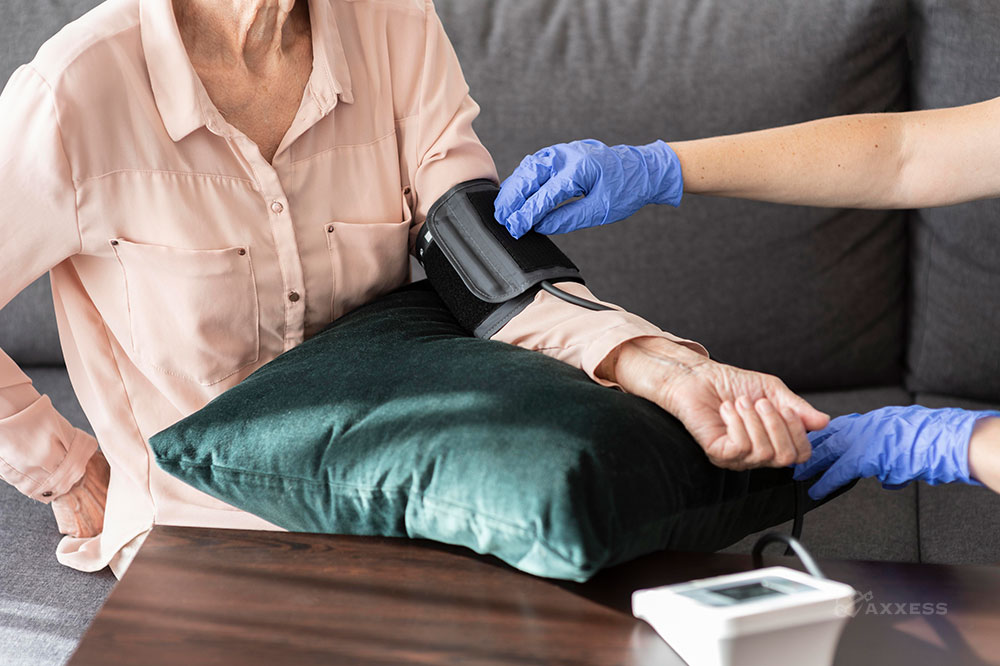
The Hospice Care Index has been proposed as an addition to the Hospice Quality Reporting Program (HQRP) as a claims-based quality measure. It is reported throughout the patient’s lifecycle and made of 10 indicators that represent multiple aspects of care from admission to discharge.
This is the first of 10 blogs Axxess is releasing that detail each of the 10 quality indicators, offering tips and guidance to succeed with the new quality measure.
Indicator One: Continuous Home Care or General Inpatient Provided
The Hospice Conditions of Participation (CoPs) require all Medicare-certified hospices to provide all four levels of care: routine home care (RHC), continuous home care (CHC), inpatient respite care (IRC) and general inpatient care (GIP).
However, findings from the Office of the Inspector General uncovered hospices were incorrectly billing the Centers for Medicare and Medicaid Services (CMS) for GIP and CHC, leading to a misuse of $250 million. There were cases of patients receiving GIP and CHC without need and hospices billing for care that was not provided.
Indicator One will be calculated to reduce instances of fraud and encourage a better quality of care:

- Index Earned Point Criterion: Organization provided at least one CHC or GIP care day within a reporting period.
When Not to Bill Continuous Home Care?
The challenge in hospice care is when organizations provide very high levels of care that do not meet the criteria for continuous care. There could be a patient with medical issues, but other needs may require services from a social worker and chaplain.
This results in the hospice providing well over eight hours a day of acute symptom care that is not medically based but holistically based. This does not qualify for continuous care. The CoPs require four hours of nursing and four hours of an aide or homemaker to qualify as billable for continuous care.
The social worker, chaplain and doctor do not qualify for continuous care. The hospice could have the whole team come in and it still would not count toward CHC.
How Can Organizations Fulfill Billing Criteria and Patient Needs?
It is important for organizations to remember that the OIG is only looking for one day of GIP and CHC per reporting period. Regulators are not looking for large amounts of days.
GIP should only be used if necessary and agreed upon. If a patient wants to remain at home, they should not be moved to an inpatient unit to fulfill that GIP level of care day. The patient’s choice is still the priority.
Even though it is called continuous care, it does not have to be 24-hours a day. It does not even have to be eight consecutive hours. This will require organizations to creatively use “non-continuous” continuous care. Because eight-hours a day of nursing is required, have an aide come in for two hours twice a day and a nurse for two hours twice a day while continuing psychosocial services.
Alternatively, consider having your on-call nurse come in for two hours that evening, with the regular nurse there two hours in the day and the aide in the morning and at the end of the day. There are a lot of ways to break up the schedule to get your billable CHC day while still meeting the needs of your patient.
Organizations need to respect the balance of medical necessity and the patient’s wishes and needs to succeed with Indicator One of the Hospice Care Index.
Axxess Hospice, a cloud-based hospice and palliative care software, provides features for organizations to schedule in bulk and an IDG workflow with real-time patient updates.
